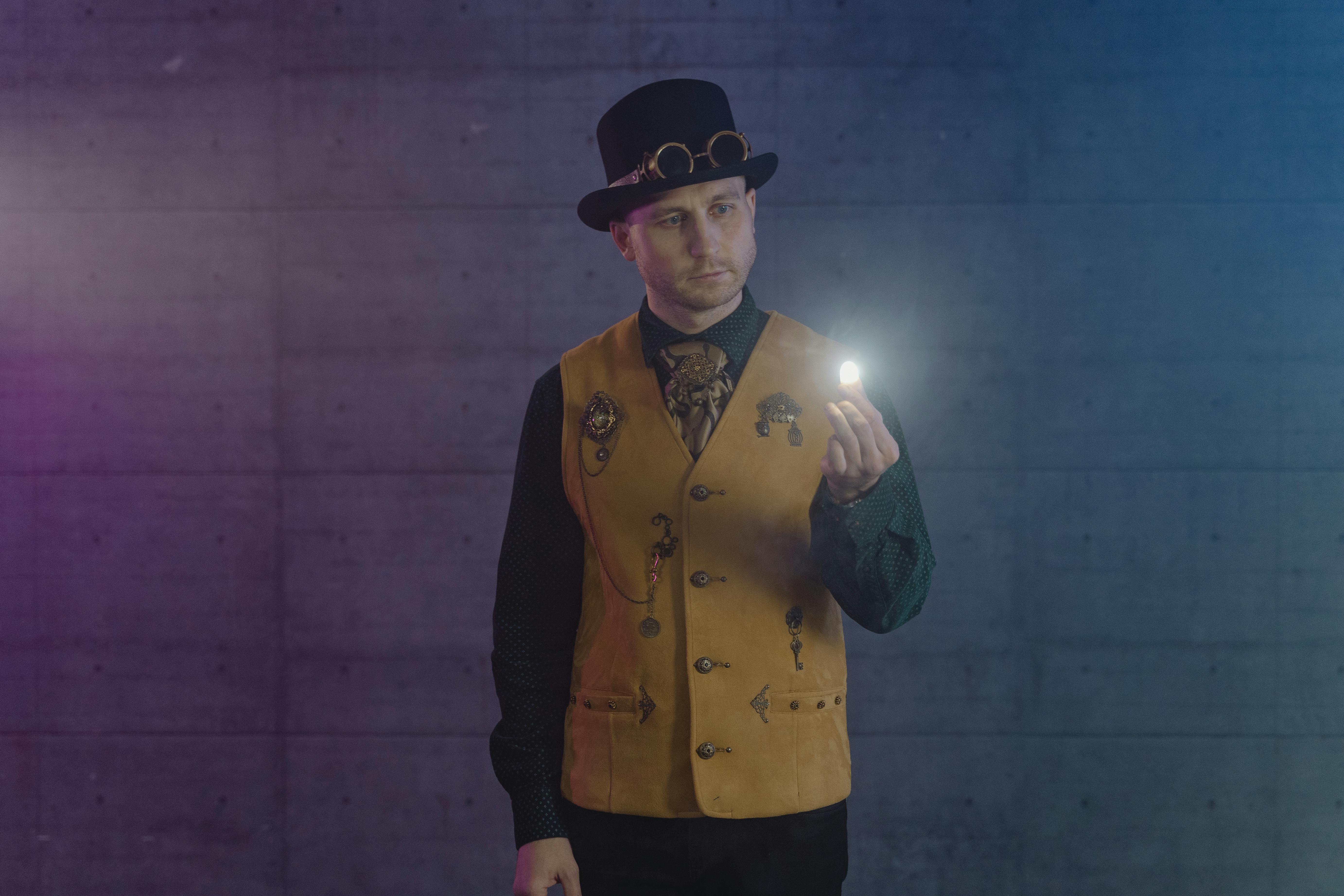In oral or written literature, telling teenage stories is probably as old as human history. The type of fiction called young adult fiction, by contrast, is the joint creation of the American experience and the second half of the 20th century.
From ancient Greek myths such as Daphnis and Chloe or Persephone to later plays, men and women have become the protagonists of adventures in their teens. When Shakespeare told the story of Romeo and Juliet, he was talking about teenage lovers. After that time, novels and stories like Oliver Twist, Great Expectations, Heidi, Little Women, The Adventures of Tom Sawyer, Huckleberry Finn, The Secret Garden, Anne of Green Gables, and Rebecca of the Sunnybrook Farm found fascinated readers for decades.
What we call young adult fiction, abbreviated as youth fiction, was born after World War II with the onset of the Rock’n Roll era. Young adult fiction stories are written for teens and told from the teens’ point of view. The protagonists are adolescents and a good part of the plots involve the problems of adolescents and the way in which adolescents face and overcome them. Since with each decade the problems of adolescents have changed, the stories that portray those problems have also changed.
From the beginning of young adult fiction, sociologists praise their stories, because teens discover how problems similar to theirs can be handled. These problems can be loneliness, weight or health problems, family and peer problems, teenage pregnancy, or depression.
In contrast to those who applaud young adult fiction, a very small group say that reading too much young adult fiction has alienated adolescent readers from real literature. However, the study of literature challenges these critics, because good fiction cannot be classified. JD Salinger’s Catcher in the Rye, Madeleine L’Engle’s A Wrinkle in Time, some Stephen King novels like William Golding’s Carrie and Lord of the Flies may fit the definition of young adult fiction, but time has demonstrated that they are much more than the popular fiction of the moment. These books are classics.
Additionally, quite a few awards for young adult fiction have led to young adult fiction qualifying as literature. Some of these are: Newberry Award, National Book Award for Young People’s Literature, Boston Globe-Horn Book Award, Los Angeles Times Book Prize for Young Adult Fiction, William C. Morris YA Debut Award, Edgar Allan Poe Award for Best Young Adult Novel , Michael L. Printz Award, Margaret A. Edwards Award, etc.
The first young adult novels in the United States emerged during the 1940s and 1950s. Then, between the 1960s and 1990s, young adult fiction flourished. Writers such as Beverly Cleary and Judy Blume led the way by addressing the dilemmas of adolescents to become icons of such literature.
Today, with the advent of e-books, adolescent religious fiction, manga, graphic novels, and techno-thrillers, young adult fiction is diversifying into subcategories and taking root more deeply in popular literature. Some of these stories, like that of JK Rowling and Gabriel Zevin, challenge the imagination of teenage readers by turning their plots and characters away from reality into fantasy.
The history of young adult fiction may not be too old, but its future appears to be very bright. Since the best books are those with which readers can relate, multitudes of teenagers have turned to reading voraciously, neglecting unhelpful activities. Overall, this is not a miserable feat.
